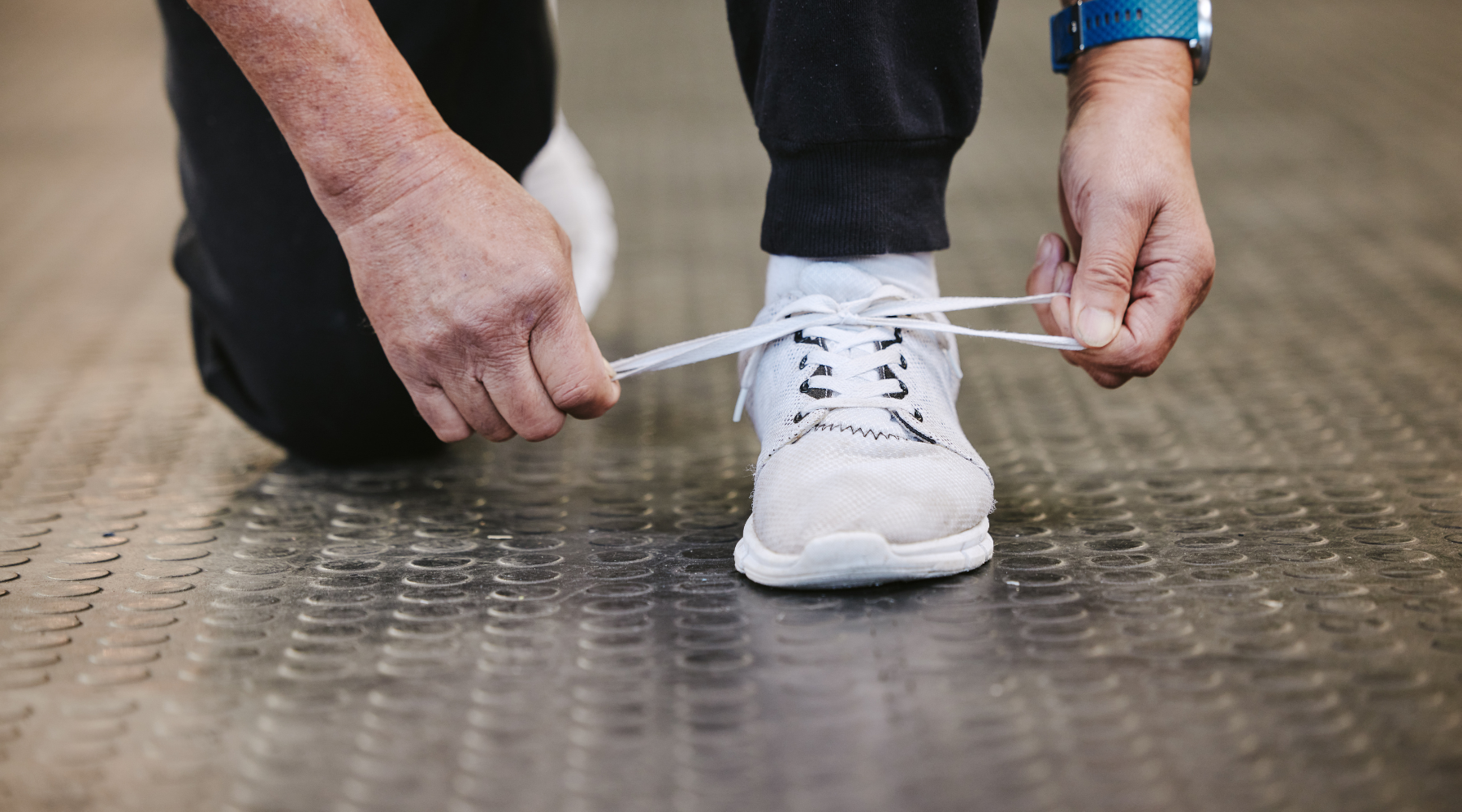Adam’s Journal
Here’s a question from a reader:
Dear Adam,
I know you are a regular exerciser, and so am I. My stroke and spinal cord injuries have left me with few alternatives for exercise, but I use the ones that I can. At my local gym, I notice several people over the age of 30 doing resistance exercises that are not the best for them. With New Year’s resolutions and more people taking up exercise, can you publish some safe recommendations for people starting to work out in a gym?
Mac McCrory, Ed.D.
Norman, Oklahoma
Dear Dr. McCrory,
Wow! Your letter is an inspiration and a reminder that exercise is possible even under extremely challenging circumstances. If you can keep working out following a stroke and spinal cord injuries, what excuse do I have to stay under the covers just because it’s a cold, gray winter morning?
As for your question, I do the lion’s share of my exercise on the road, not in the gym. Still, I think there are approaches that give new (or renewing) exercisers the best chances of establishing a routine they can sustain.
Don’t be a hero
When beginning or returning to exercise, the temptation is to try to make up for lost time all at once. Resist temptation.
Instead, start easy. Begin with a regimen that leaves you feeling like you can come back for more. And if you feel that way, chances are better you will.
Play to your strengths
It’s natural to want to “fix” what we perceive to be our weakest physical qualities. For me, those are flexibility and upper-body strength. For others, it may be endurance or high-intensity exercise.
However, there’s generally a reason – or reasons – we are who we are. In my case, it’s some combination of not being very good at things like strength training and stretching and not liking them. So, I’ve found that if I structure routines around them, the outcome is inevitable: I’ll end up quitting.
As counterintuitive as it sounds, start by leaning into your strengths. Over time, you can increasingly integrate exercises that play to your weaknesses, too. However, if you build your core routine around exercises you enjoy, you’re more likely to continue.
Don’t strain
Especially as we age, technique is everything. If you find yourself favoring one side or another or “cheating” a little to complete a rep, you’re likely doing yourself more harm than good – and risking injury. Better to go a little easier on the resistance level or pace to ensure that you’re doing the exercise correctly.
If it hurts, stop
Once upon a time, some coach or gym teacher with a whistle around their neck may have barked at you, “No pain, no gain!” Well, you were 14 then. And they hadn’t read the reams of exercise science literature that would follow – and tell us that the surest way to exacerbate an injury is to try to “work through” it.
Nobody is watching
The goal of exercise should be lifelong health, flexibility and functional strength, not washboard abs and rippling biceps. So, we shouldn’t worry about trying to impress others.
There will always be someone younger, stronger and faster. And they’re not going to care what we’re doing anyway. (Unless they have to help us after we hurt ourselves by trying to do more than we should.)
–
Adam Cohen is a marathoner and senior vice president and general counsel at the Oklahoma Medical Research Foundation. Submit your health questions to contact@omrf.org.



